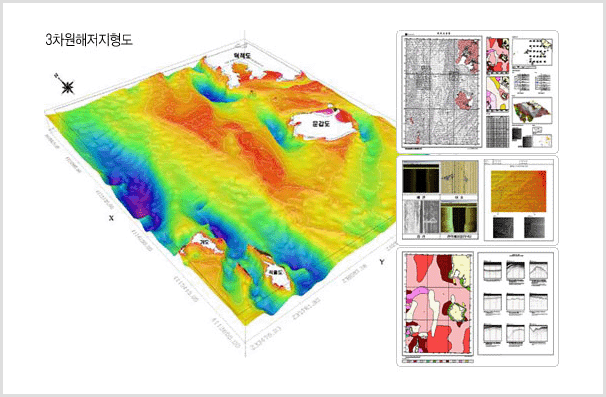Coastal Waters Survey Purpose
The coastal waters are areas where land and the sea coexist ranging from regions registered in the land register to the outer limits of the territorial waters. The coastal waters survey is intended to investigate the water depths of the coastal waters, rocks, coastlines, and shallow subsurfaces so as to provide basic data for coastal waters management and preservation, and to secure sea traffic safety.
